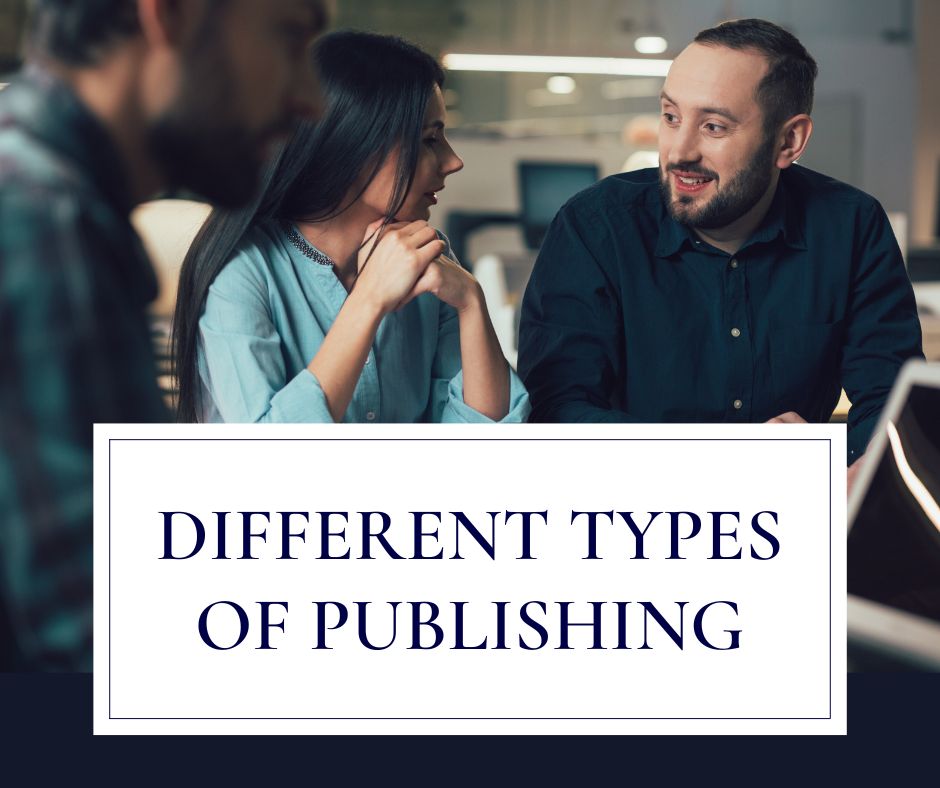First-time authors often feel lost in the sea of paperback and hardcover publishing options available to them. The majority of users either do not read the terms of service for publishing websites or do not fully understand them, putting them in potential legal jeopardy with the site or firm. In many cases, authors who seek out vanity publishers have been repeatedly rejected by more prestigious publishing houses and are finally ready to hand over the reins. Here are two bits of guidance: Never settle for anything less than your best.
Self-Publishing
Authors face difficulties while attempting self-publication since they have already devoted a great deal of time to writing the book itself and do not have the expertise or time to complete the many other tasks necessary to get the book ready for printing. Self-publishing platforms like Lulu and BookBaby provide comprehensive packages that include proofreading, formatting, and even print-on-demand copies. In return, it is the author’s responsibility to secure the appropriate copyright and ISBN numbers, oversee production, and promote their book.
By going the self-publishing path, authors not only have more say over the book’s final price, but they also have better influence over the book’s price in general, which can be a big draw for readers. Typically, the self-publishing company will provide the author with a calculator that factors in the cost of the book’s printing and the publisher’s cut. Thus, the author may know exactly how much money they will earn from each book sale.
Vanity Press
When an author chooses to self-publish, they assume all financial responsibility and pay the publishing company directly, setting it apart from vanity publishing, also known as subsidy publishing. This is devastating news for writers who depend on novel sales to support themselves. While vanity presses can help with things like cover art and editing, there is a major catch. Each and every aspect of a work, even the ISBN, belongs to the subsidy that publishes it. An author’s rights to their book terminate the moment it appears in a publisher’s catalog.
Traditional Publishing
Traditional publishing is apart from both of these other options because it employs a different set of publishing practices. These are the companies who put out real effort (including marketing and publishing) with the expectation that their books will sell well. In exchange for purchasing the rights to publish a work, they provide authors royalties and, often, monetary advances. The money is with traditional publishers, yet they are notoriously tough to work with. Unpublished authors present a greater risk to established publishing houses and hence are more likely to be treated as such.
An author’s financial success or failure is strongly connected to how well they understand the many publishing options available to them. If writers are serious about making their works available to the people they were written for, they should investigate the publishing landscape to find the best fit for their work and the least amount of resistance from readers and other writers.
Hybrid Publishing
Hybrid publishing operates on the assumption that both the publisher and the author contribute to the dissemination of the work. It’s most common for authors to cover their own publishing costs, with royalties from sales of their books remaining larger than the initial investment.
Since the initial cost of publishing a book is split between the publisher and the author, this strategy reduces the financial risk for the publisher. Unlike with certain traditional publishers, the author stands to earn more money from the book’s success.
If a book’s primary format is the print version, many hybrid publishers are able to distribute it to retailers thanks to their expertise and connections in the business, which is crucial for getting the book into readers’ hands.
Depending on the publishing company’s financial strategy, nonfiction writers may be able to negotiate other hybrid agreements with the company. Hybrid publishing deals need careful consideration of the publisher’s distribution and marketing plans for the book both before and after publication, as well as the potential for those plans to generate long-term revenue.
In working with emerging authors, hybrid publishers are more risk-tolerant than traditional publishers; nonetheless, they are still choosy. Hybrid publishing houses may offer greater perks than self-publishing for authors who can afford to foot the bill for the book’s upfront release.




